Edge of the world
Click on the top left picture and scroll through the story by clicking right.
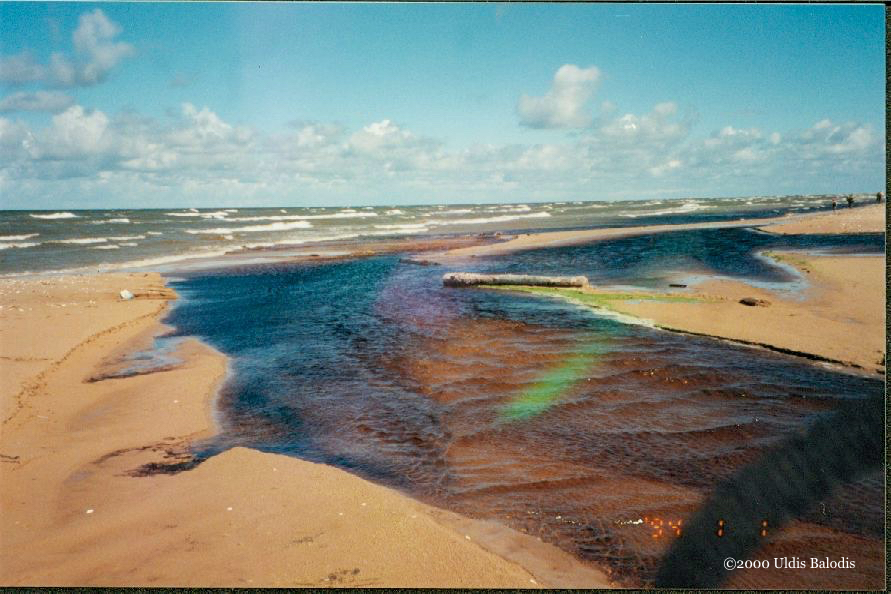
The walk from Vaid to Kūolka was not long, the distance only a few kilometers. It was already a windy day, but as we approached Kūolka, I noticed the seas becoming increasingly choppy. My friends would tell me that this was due to the location of Kūolka in relation to the Baltic and the Gulf of Rīga. The northernmost coast town sits at the point where both bodies of water meet. This spot marked, even on a calm day, by a line of waves extending out from the shore. The seas ever restless, like in some Livonian Cape of Good Hope.
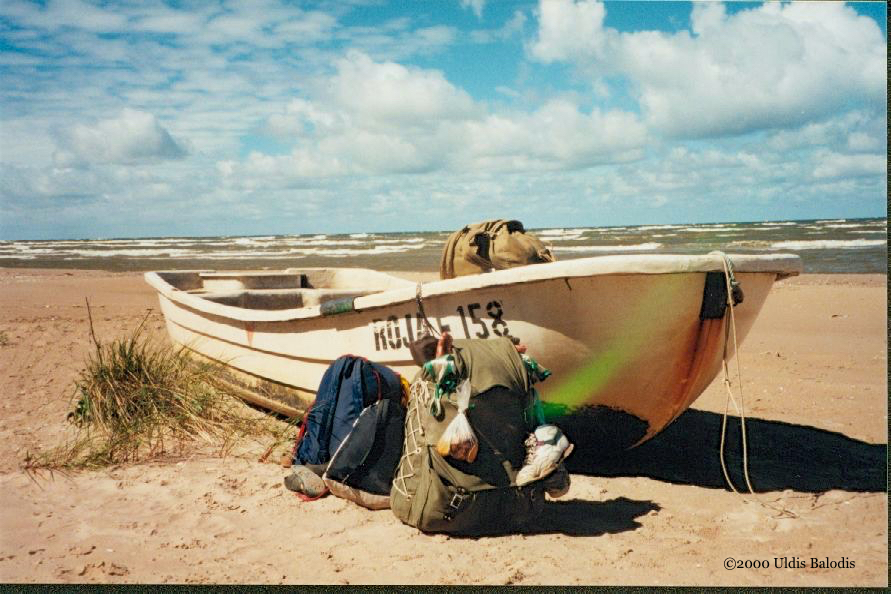
The three-day hike through the coast towns was nearing its end. Our group paused one last time before hiking on to Kūolka.
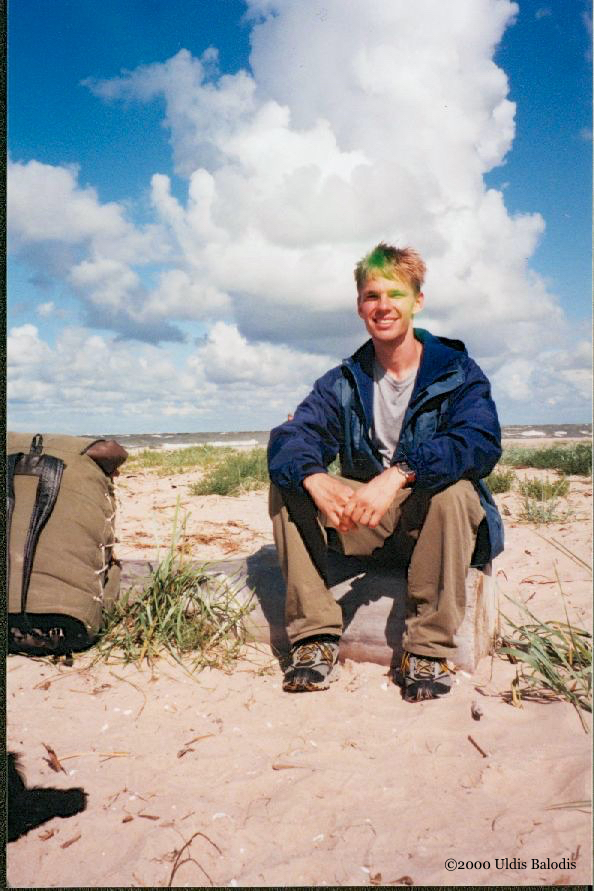
As the weeks of the Livonian camp drew to a close, my own personal journey to the coast was also nearing its end. Not long after this hike I would move on to Estonia and then to Finland. But for now, I simply sat, enjoying the rugged natural beauty of this place along with the warm fellowship of my companions on the hike.

A lighthouse had long stood at Cape Kūolka. With the construction of a new one on an artificial island north of the cape, the old lighthouse was left to be reclaimed by the elements. The same elements it had always withstood, aiding in the safe journey of mariners navigating the strait separating the coast from the Estonian islands to the north.
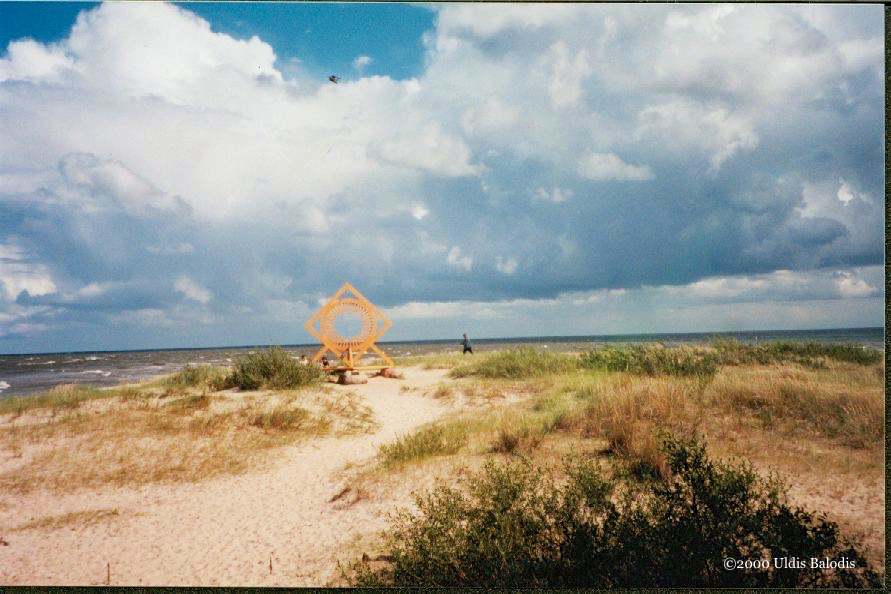
I’d often been captivated reading about the people of Easter Island, whose name for their own land had been “The Navel of the Earth.” In telling friends and strangers about Livõmō, the land of the Livonians, most had never heard of the place or the people. Even to me, it hardly seemed that it could occupy a central location of any sort. Still, approaching Kūolka we came upon this strange monument, which claimed to mark the exact geographical center of Europe. At first I found this hard to believe. But imagining the great expanse of ocean and land stretching from Donegal to the Urals, from Malta to Spitsbergen, it became easier to envision. Perhaps the coast had a hidden identity even I couldn’t have imagined.
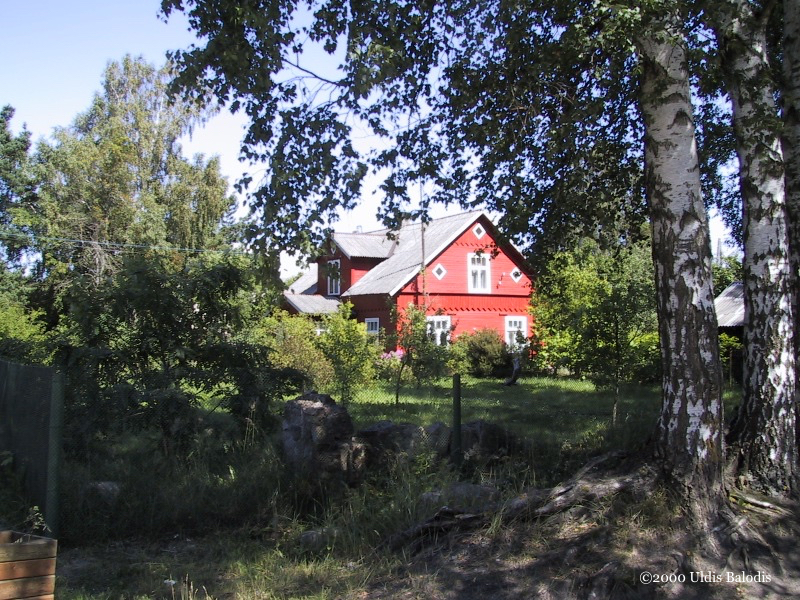
Of the coast towns, Kūolka had been the only one not to be eliminated during the Soviet occupation. It had a markedly different feel from its sister communities, which were mainly villages nestled in the forests along the sea. Kūolka had shops and streets, along with several churches. The homes were well taken care of, their architecture resembling that of many of the nicer dwellings I had already seen passing through the smaller coast towns. Here a lovely home painted in brilliant red is framed by a collection of plants and a small grove of birch trees in the foreground.
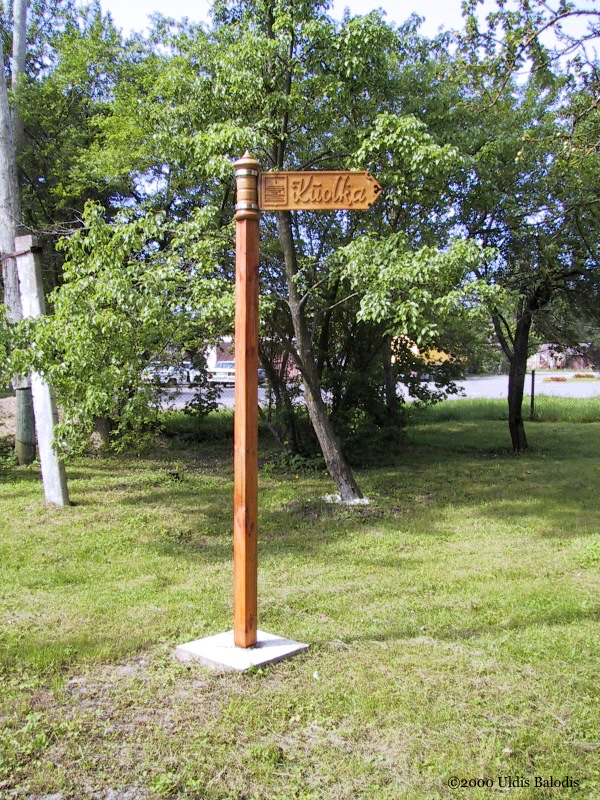
Exploring the coast, I was always struck by the complete absence of signs written in Livonian. Crossing into Līvõd Rānda, there are no signs marking ones passage into the land of the Livonians. Town names, if given at all, appear only in Latvian. It seemed the only exception was this sign placed near the headquarters of the Kūolka Livonian Association. I was excited to see a place name given in the language of the coast, but I soon wondered what this sign was actually pointing to. This yard and the building both stood well within the town limits of Kūolka. A sign pointing to the town seemed badly placed. Maybe it was pointing to somewhere else. Perhaps the past, when Livonian could still be heard, or a future, when the language of the coast would be heard again. With no other signs around, it was difficult to tell which one it was.